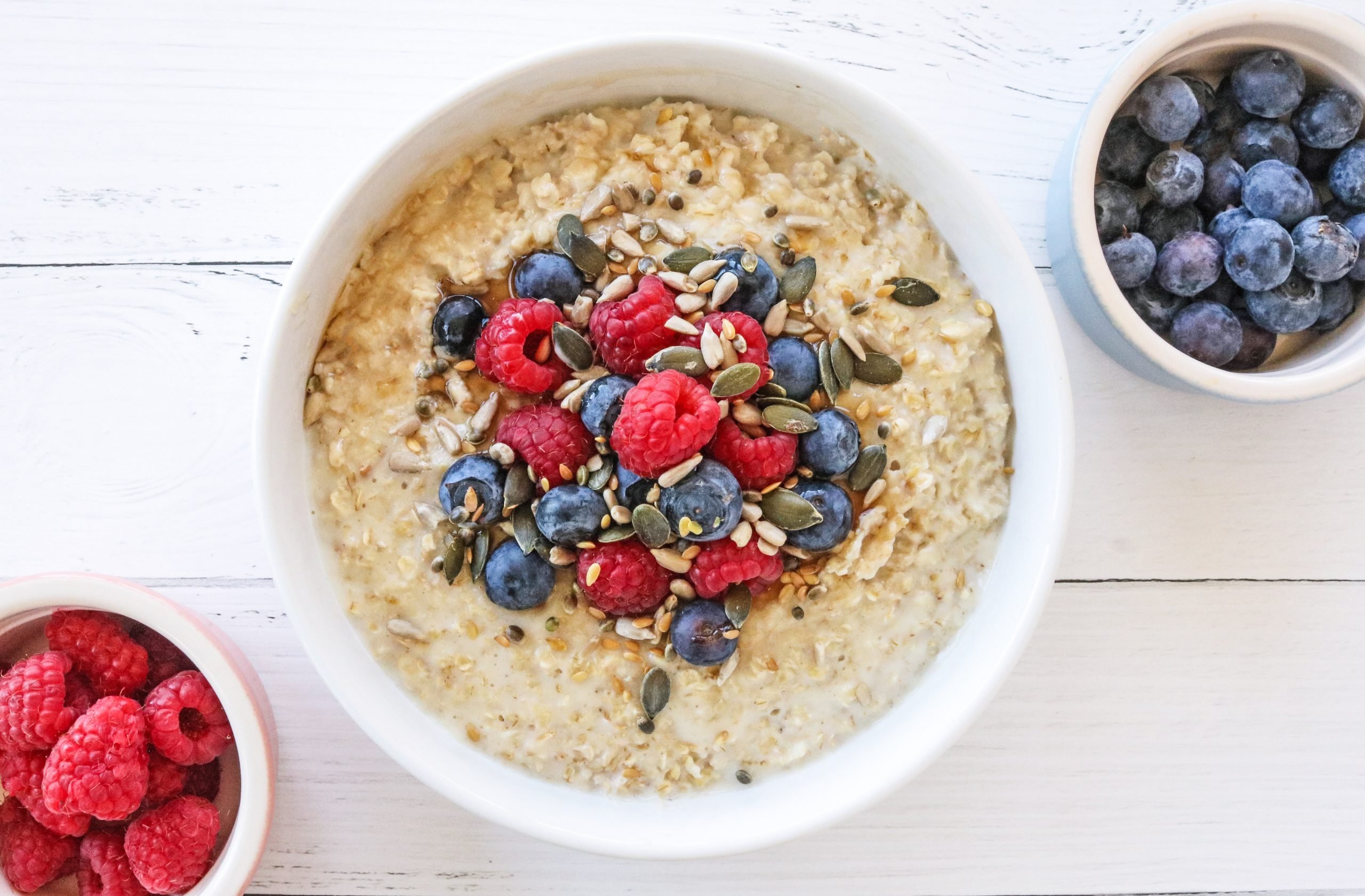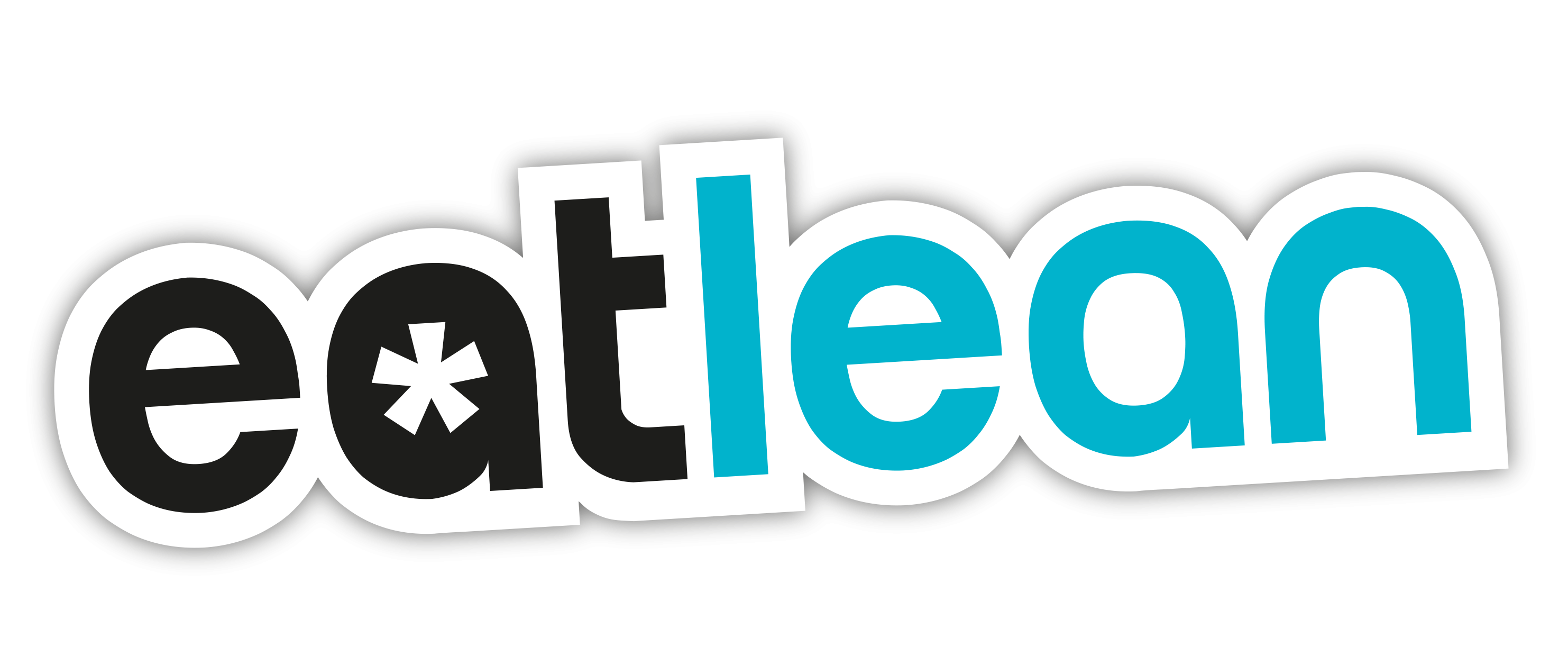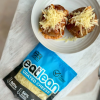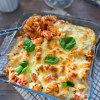Calorie Counting & Portion Control

When it comes to changing your body composition (that’s your ratio of fat to muscle) the main thing we need to take into consideration is your calorie balance. Yes, training is important, as is protein intake and hydration and sleep (you can read these blogs here!) And all of those things, but when it comes down to the brass tacks, in order to lose weight (fat) you need to consume fewer calories than you burn in a day, forcing your body to tap into energy stores to keep itself going. Likewise, in order to gain weight and muscle, we need to do the opposite and create a calorie surplus – forcing the body to store excess energy as muscle tissue. Calorie counting can be a great starting point here, to help give you a better understanding of the in’s and out’s!
It’s in vogue to say that calories don’t matter, and there are a large number of books, websites, coaches and programs which espouse the idea that doing certain things in the gym, eating certain foods or adhering to other ‘rules’ will render the calorie equation irrelevant, but this is never the case. Calories count, if you eat too much, you will get fat.
If you ever hear of a diet that causes weight loss without calorie counting, the simple fact is that the diet manages to find another method of causing a calorie deficit – either by making foods more filling, by restricting the amount of time during the day you are able to eat, or restricting food choices. Either way, by some method, a calorie deficit is achieved.
- Low carb and low fat diets make you dramatically reduce or eliminate one macronutrient (carbohydrates or fat), meaning you automatically eat fewer calories.
- High protein diets fill you up really well, causing you to eat fewer calories over the course of a day.
- Diets that force you to restrict foods to a given list, including paleo, vegan, raw or (in some cases) gluten-free diets cause you to eat fewer calories because you have fewer foods to choose from.
- Even dietary approaches that cut out alcohol, or chocolate, or sweets, or processed foods don’t cause fat loss for any other reason than that they help you to reduce Calories easily without even thinking about it.
So yes, calories matter, a lot. While those who are just starting out with quite a lot of weight to lose can have a great deal of success by simply improving their diet and ‘tidying up’ food choices, by far the most effective way of losing weight, and often the ONLY way of gaining weight at a sensible rate is to quantify the amount you eat in a numerical form.
I know it’s not the most interesting thing to talk about, and I also know that calorie counting seems like a pain, but it’s just one of those things that work so well it needs to be brought up. However…
Habits Come Before Calories
This seems like a big 180, but really it isn’t. While calorie balance is the most important thing when it comes to weight (fat and muscle) loss or gain, it’s important to note that it’s not the ONLY thing that matters. One thing I stand for in this industry is the idea that ‘health comes first’ and for good reason.
By taking care of your health, you will not only look better but feel better on a daily basis. You’ll have more energy, better concentration and focus, better sleep, a stronger immune system and, anecdotally, those who improve their health dramatically are able to keep excess weight off far easier for a combination of the above reasons. If you feel better, sleep better and have more energy, you don’t feel the need to lounge on the sofa and eat a pizza in order to feel better.
Improving your health requires good eating habits beyond calorie counting. It means eating a balanced diet, it means eating a predominantly wholefood-based diet, it means cooking most things from scratch (or close to it) and it means doing this day in day out. In order to make this happen for those who are only starting their fitness and health journey, we combine rough calorie and protein counting with a simple portion control guide – this saves you from overthinking it as well as enforcing healthy food choices almost all of the time.
This method is what I use, personally, when I’m not looking to achieve something specific, and I do this because of the simplicity and minimal impact on my day-to-day routine. The easier an approach is, the easier it is to implement – and easy is what we need to look at in the beginning. To start out, we need to work out a rough calorie goal:
How Many Calories?
The amount of calories you need during a day is a combination of your Basal Metabolic Rate – the number of calories you burn just to be alive – and your activity factor which multiplies this figure by 1.2-1.9 depending on how active you are during the day.
This is a really important point because I want you to understand that you burn a lot of calories just to exist. You don’t need to exercise to ‘earn’ Calories, so exercise shouldn’t be viewed in these terms (again, more on exercise later). Calories aren’t the enemy or a bad thing, they are units of energy that we require, as human beings and natural organisms, to stay alive. They just need to be controlled to keep them close to the amount that we need in order to reach a goal.
To calculate your BMR, there are a number of complex calculations to make, but for all intents and purposes, you can simply multiply your body weight in KG by22 for a female and 24 for a male. This will put you within spitting distance of all calculations and is more than adequate to be getting on with.
From there, use the following multiplier, depending on how active you are during the day:
BMR x 1.2 – Sedentary. Office job, no exercise.
BMR x 1.375 – Light exercise. You work out 2-3 days per week and don’t really move much outside of this
BMR x 1.55 – Moderate activity. You may train 3-5 times per week and be relatively active outside of this, or train 1-3 times per week and work a very active manual labour job
BMR x 1.725 – Training 6-7 days per week and a moderately active job, or 3-5 times with an extremely active job
BMR x 1.9 – Double daily workouts, basically a pro athlete.
No one really falls into any one category, so if you’re torn, aim for halfway between the two that you ‘could’ fall into. As said, this is just a rough estimate anyway.
So, this is the approximate amount of calories you need in order to maintain your weight. Add or subtract 10% of those total calories (so if you are eating 2000 Calories to just maintain your weight, 10% would be 200 Calories) for either a weight loss goal or weight gain goal. And this can really be as complicated as it need be, work out your weight, calculate your BMR, x it by your daily activity level, this gives you the number of calories needed to maintain your weight, then if you wish to lose body fat subtract 10-15% of those daily Calories from your maintenance calories, or add it for a weight gain goal.
Or, use THIS online calculator which works it all out for you
Hand Portioning Moving To Rough Calorie Counting
When you first start out on your health journey, don’t focus on details like finding the latest high protein low carb breakfast recipe, the first thing you need to instil is good eating habits, and that means that for the first 2 weeks to 3 months you don’t necessarily need the above information. If your diet currently resembles what we describe below then it’s time to start looking at calories, but until that point, keep it simple and focus on the truly important things as discussed in last weeks journey. Worrying about calories before your diet is ‘good’ is missing the forest for the trees.
What we mean to be a ‘good’ diet is this – one which has a relatively strong structure which doesn’t change much on a day to day basis – be that 3 meals or 5, or 4 and a healthy low calorie snack, or anywhere in between and beyond, that is moderately high in protein, bursting with colourful vegetables and plants, and somewhat balanced between fats and carbs.
But let me now get specific, here’s how I would like you to construct a meal:
Get Your Protein Right!
Women:
One palm-sized portion of lean meat (150-175g) like chicken breast or thigh, steak, lean lamb or white fish and one thumb-sized portion (30-40g) of a fat source like butter, hummus or cheese. You could use a tbsp. of oil, too, but measure it out because oil is REALLY Calorie dense and REALLY easy to overdo.
OR
One ‘and a bit’ palm-sized portions (175-200g) of fattier meat, such as a quality beef burger, a marbled steak, salmon, 3 good sausages or 3-4 eggs (this serving size is slightly larger as these are naturally fattier portions of meat, whereas above I outlined leaner meats and we added fat to the meal).
Each meal should be based predominantly on a protein source. As we spoke about in the last instalment of the journey, protein is the most important macronutrient and if it’s not present, your meal is not complete. For the record 100g of Eatlean cheese offers over 30g of protein, which is REALLY good. This makes it a great source of protein for those who do not eat meat, and a must-have ingredient for all your favourite high protein vegetarian meals.
Men should eat 1.5-2x the above portion sizing for protein.
Throw In Some Vegetables
2 fist-sized portions of non-starchy vegetables like broccoli, carrots, green beans, kale or peppers.
These are non-negotiable and should be included in every meal of the day. 1-2 times per day you can feel free to sub fruit for one of your ‘vegetable fists’ but these are higher in calories than vegetables so although they are great for you, they need to be consumed in moderation just like everything else, especially if you are losing weight.
Get Your Carbs
One cupped hand (dry) of grains, or a fist-sized portion of potatoes. For bread or bread products like wraps and pitta, follow packet instructions to determine what a portion is. This will be around 75g for grains or 250-350g for potatoes.
And that’s it – simple really. Start with a protein, or a protein and a fat, add in a ton of vegetables and finish with a carb source. Do this three times per day (including breakfast) until it becomes natural. This is nutrition at its simplest level, real food, in the right quantities for you, manipulated for your goal
If you are doing the above, and you are looking to lose weight and it doesn’t happen, consider reducing fat or carb sources a touch, or opting for leaner meats more often, the opposite is true for weight gain, of course. The most important thing though is to create the habits of eating to a regular-ish schedule, focusing on protein and vegetables and eating whole, unprocessed foods all of the time.
Calories?
As we mentioned earlier, it’s really important that you are able to instil these habits before worrying about the calorie contents of your meals too much. If your diet is a long way away from this, it may seem like you are eating a lot more or a lot less than usual, but by sticking with this for an extended period of time you will notice that your results are coming without counting, simply by ‘tidying up’ what you are eating and focusing more on nutrient-dense foods.
Once this habit is in place, though, you can start to look to quantify your foods a little. Checking packets and weighing out the foods that you are putting on your plate (still using the same portion size guidelines) will empower you by educating you on just how much you are eating and what effect that has.
If you reach this step, try manipulating your portion sizes to get the amount of food you eat to be closer to the energy goal that we calculated earlier. This will allow you a little more flexibility in your nutrition – which we will talk about another day.
Examples of Meals:
So what does this look like, in terms of actually eating the food? Here is a sample day for a man and a woman. Notice that it’s far from boring food, but it’s all whole food and it matches up to the guidelines above. This is not a meal plan, or a combination of magic foods, or anything else – it’s an example, and I hope it helps you understand what a day of food can look like.
Woman:
Breakfast: 4 eggs scrambled, 1 slice of toast, canned tomatoes and a large grilled mushroom.
Lunch: Palm-sized chicken breast seasoned with spices in a wholewheat wrap with cucumber, peppers and half an avocado and some Eatlean Grated Cheese. Side salad with light dressing and an apple to finish.
Snack mid-afternoon or before exercise: Homemade protein bar with 35g protein, made using Eatlean Super-Porridge, nut butter and dried fruit. Or a trek or 9 bar or similar from the supermarket.
Dinner: 7oz rump steak, grilled, fist-sized portion of homemade sweet potato wedges, broccoli and cherry tomatoes.
Man:
Breakfast: 5-6 eggs made into a Spanish omelette with mushrooms, peppers and onions and Eatlean cheese. One apple.
Lunch: 2 salmon fillets in sweet chilli marinade, a palm-sized portion (dry weight) sticky rice, stir-fried vegetables
Dinner: Two palm-sized pork steaks, fist-sized jacket potato with a thumb of butter, peas and cabbage.
Evening Snack: Packet of biltong and 2 squares of dark chocolate.
Summary
In summary – the most important thing during the beginner stage of your nutrition journey is to instil overall good eating habits. We need you to be eating whole foods almost all of the time and focusing on protein. Control portions using the things around you, including your hands, packets and scales if you’re happy to do so.
Once this has become a habit, have a look at packets and see if you can get your calorie intake to around what you came to when we calculated your calorie need. Write a day’s worth of eating, buy what you need and eat only that for the day-use a diary and write down how you feel. Repeat that for a few days until you get the hang of it.
Eventually, you’ll be eating like this without even thinking about it, and staying within a certain calorie range – it’s at this stage that you’ll be ready to move on to more accurate means of controlling your food intake by being more aware of the calories in your food, whether this means counting all your calories and food intake, or just making better choices by knowing what’s in all the foods you consume on a regular basis.






